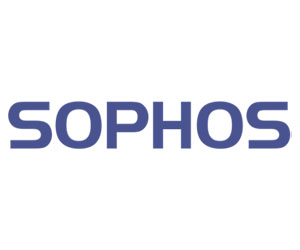“From both a products and services perspective, firewall hardware and virtual firewall products are E-rate eligible, along with technical support packages that allow schools to get quick support,” Lalumondier says.
For example, key components of the Sophos Firewall Operating System are eligible for category two E-rate discounts, including basic firewall features, SD-RED (remote ethernet devices) to meet SD-WAN networking goals, wireless access points, switches for secure and scalable LAN connectivity, and support services.
“In some cases, we can provide professional services that will ensure that those products are properly configured with the right features and functionality turned on and activated, so that you don’t have any gaps in your security,” he says.
How Do These Cyber Solutions Protect K–12 Schools?
By leveraging E-Rate funding, schools can strengthen their networks against potential outside incursions.
“Cybersecurity increasingly is taking on a broader and broader definition,” Lalumondier says. “Today, it’s about protecting the entire attack surface, using firewalls combined with access points and switches to help segment off that network traffic and then limit the overall attack surface.”
Click the banner to discover cybersecurity services your district can invest in with ESSER funds.













